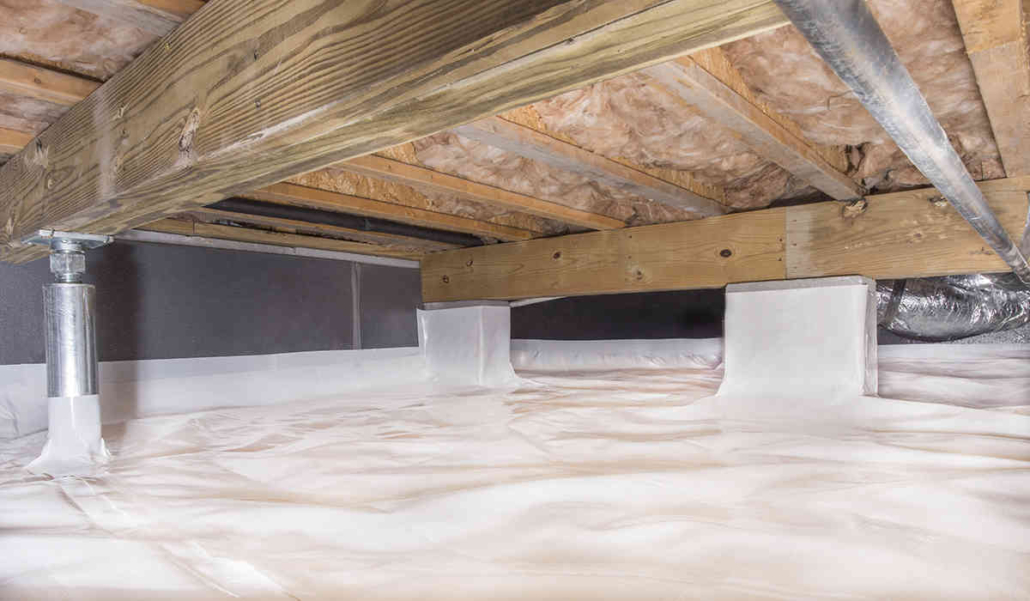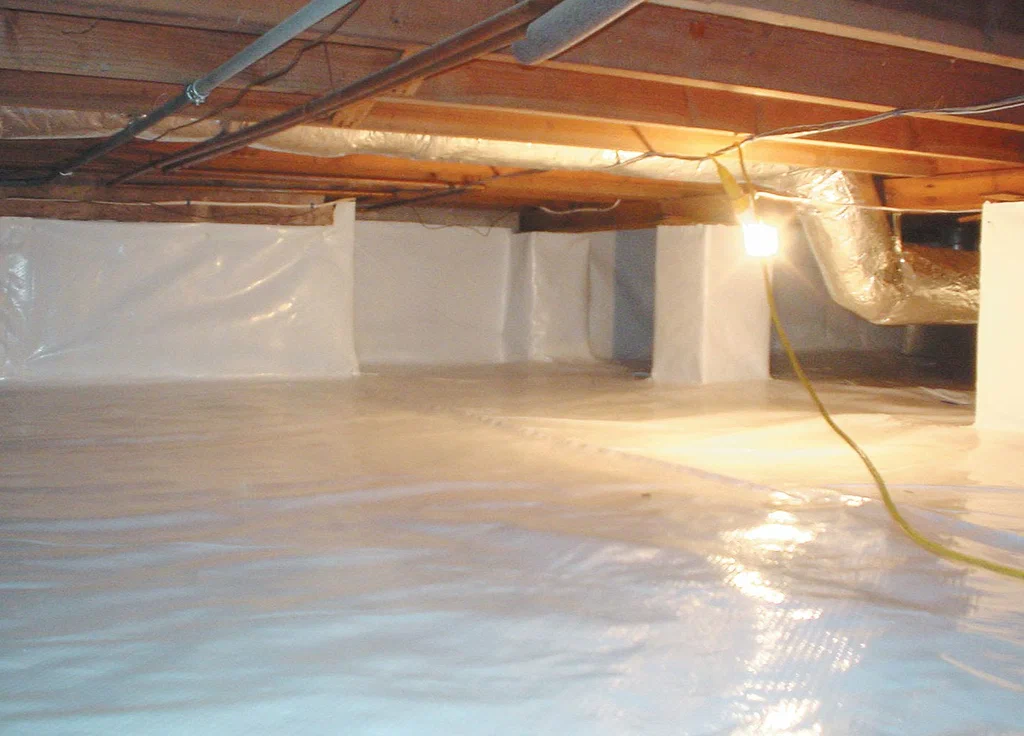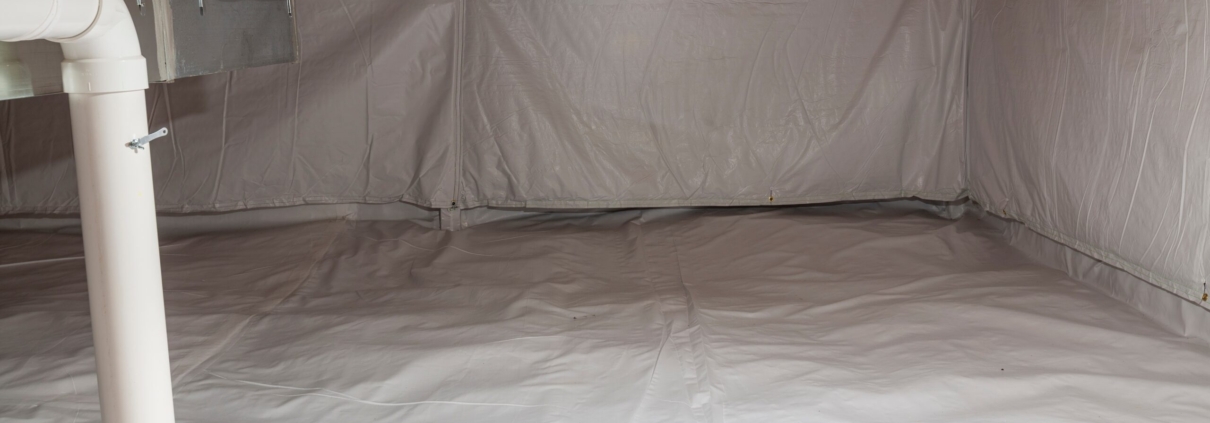A Comprehensive Analysis of Crawlspace Encapsulation for Properties
Crawlspaces are often overlooked in both residential and commercial buildings, yet they play a significant role in indoor air quality, moisture management, and structural durability. Expert crawlspace encapsulation service has become a widely adopted method to address recurring issues such as dampness, mold growth, and energy inefficiency. This article provides a technical and practical analysis of crawlspace encapsulation, how it works, why it is effective, and its long-term implications for property performance.
What Crawlspace Encapsulation Involves
Crawlspace encapsulation is the process of sealing the floor and walls with a durable vapor barrier to control moisture and improve indoor conditions. It transforms the crawlspace from a damp, ventilated area into a controlled environment.
Core Components of Encapsulation
Encapsulation typically includes:
- A reinforced vapor barrier installed on floors and walls
- Sealing vents and penetrations to block humid outdoor air
- Installing dehumidification or conditioning equipment
- Adding insulation where needed for thermal efficiency
Purpose of Encapsulation
The goal is to limit moisture intrusion, stabilize indoor temperatures, and protect structural elements from decay. A sealed crawlspace also prevents contaminants from circulating into occupied spaces above.

Moisture and Air Quality Benefits of Encapsulation
Crawlspaces are prone to elevated humidity, which encourages mold and compromises air quality. Encapsulation directly addresses these issues.
Controlling Moisture Migration
Moisture from the ground and outdoor air often accumulates in crawlspaces. A vapor barrier and sealed perimeter reduce this transfer, keeping humidity levels stable.
Improving Indoor Air Quality
Studies show that up to 50% of the air in a home can originate from the crawlspace. By encapsulating, properties reduce the circulation of allergens, mold spores, and pollutants into living areas.
Energy Efficiency Gains from Crawlspace Encapsulation
Encapsulation enhances the energy performance of buildings by reducing thermal exchange and easing HVAC demand.
How Encapsulation Reduces Energy Loss
Sealed crawlspaces prevent unconditioned outdoor air from entering and mixing with indoor air. This reduces the workload on heating and cooling systems, leading to measurable energy savings.
Complementary Role of Insulation
Insulating crawlspace walls or floors further boosts efficiency. Closed-cell spray foam or rigid board insulation is often paired with encapsulation for greater thermal resistance.
Structural Protection Through Encapsulation
Crawlspace encapsulation extends the life of structural materials by protecting them from moisture and related damage.
Preventing Wood Rot and Corrosion
Excess moisture weakens wooden beams and corrodes metal fasteners. Encapsulation helps preserve these elements, reducing costly repairs over time.
Protecting Foundations
Consistent humidity control prevents soil moisture from contributing to foundation shifting or cracking, safeguarding the building’s stability.
Comparing Encapsulated vs. Traditional Ventilated Crawlspaces
Ventilated crawlspaces were once common practice, but encapsulated systems outperform them in moisture management, energy savings, and long-term protection.

Comparison Table
| Feature | Ventilated Crawlspace | Encapsulated Crawlspace |
|---|---|---|
| Moisture Control | Relies on outdoor air, often ineffective | Sealed system with vapor barrier |
| Energy Performance | Higher energy loss | Reduced HVAC demand |
| Air Quality | Air infiltration from crawlspace to living areas | Improved, reduced contaminants |
| Structural Durability | Higher risk of mold and rot | Materials remain dry and stable |
| Maintenance | Frequent inspections and repairs | Lower ongoing maintenance needs |
Why Encapsulation Is Favored
Encapsulation creates predictable indoor conditions, while ventilated crawlspaces remain dependent on weather patterns. This consistency makes encapsulated designs better suited for modern building performance requirements.
Installation Process of Crawlspace Encapsulation
The effectiveness of encapsulation relies on precise installation techniques tailored to the property’s conditions.
Step-by-Step Overview
- Inspect the crawlspace for standing water, leaks, or structural issues.
- Seal exterior vents, gaps, and penetrations.
- Lay and secure a reinforced vapor barrier across the floor and walls.
- Apply insulation to walls or rim joists as needed.
- Install a dehumidifier or conditioning unit to regulate humidity.
Professional Considerations
Proper installation is critical, as poorly sealed barriers or neglected drainage can limit effectiveness. Many projects include both waterproofing and encapsulation to ensure long-term performance.
Maintenance and Long-Term Performance of Encapsulated Crawlspaces
An encapsulated crawlspace requires minimal upkeep but benefits from scheduled checks to maintain its integrity.
Routine Inspections
Annual inspections ensure that barriers remain sealed and that dehumidifiers are operating correctly. Early detection of issues such as punctures or system failures protects the investment.
Longevity of Materials
Modern vapor barriers are designed to last decades. When combined with periodic system checks, encapsulated crawlspaces can deliver long-term stability and performance.

Conclusion
A professional spray foam contractor helps provide measurable benefits for both residential and commercial properties by controlling moisture, improving air quality, reducing energy loss, and protecting structural integrity. Unlike traditional ventilated designs, encapsulation creates a controlled environment that supports long-term building health and efficiency. For property owners, this approach offers both technical and practical advantages that contribute to overall performance and reduced maintenance demands. Investing in crawlspace encapsulation represents a forward-looking strategy to safeguard structures and improve indoor living conditions.
FAQs
How does crawlspace encapsulation affect indoor air quality?
Encapsulation reduces the movement of mold spores, allergens, and pollutants from the crawlspace into living areas. This results in cleaner and healthier indoor air.
Can crawlspace encapsulation reduce energy bills?
Yes. Sealing and insulating the crawlspace reduces heat loss and stabilizes indoor temperatures, lowering HVAC energy consumption.
Is crawlspace encapsulation permanent?
Encapsulation can last for decades when installed correctly and maintained with regular inspections and humidity control.
Does encapsulation prevent pest infestations?
Sealed barriers and reduced moisture make crawlspaces less attractive to pests, decreasing the likelihood of infestations.
Can encapsulation be installed in older properties?
Yes. Encapsulation is often used in older homes and buildings to address persistent dampness and air quality concerns. It can be adapted to fit existing structures.
Author: Bob Gasca attended his first spray foam training in 2007 and has continued to pursue yearly training to stay current with the latest technology and practices. He is a certified Spray Foam Master Installer through the SPFA and a member of the SPFA. Additionally, Bob serves as a Spray Foam Worldwide Ambassador, sharing information with spray foam professionals globally. Recently, he returned from a building science training, where he expanded his knowledge on how weather conditions affect home performance, helping him better diagnose and improve home health for families. Bob specializes in finding solutions to complex moisture and air infiltration issues.
Reviewer: Noah Gonzalez reviewed this article and drew on 9 years of experience to offer suggestions that make the guidance more directly useful for insulation contractors.



Leave a Reply
Want to join the discussion?Feel free to contribute!